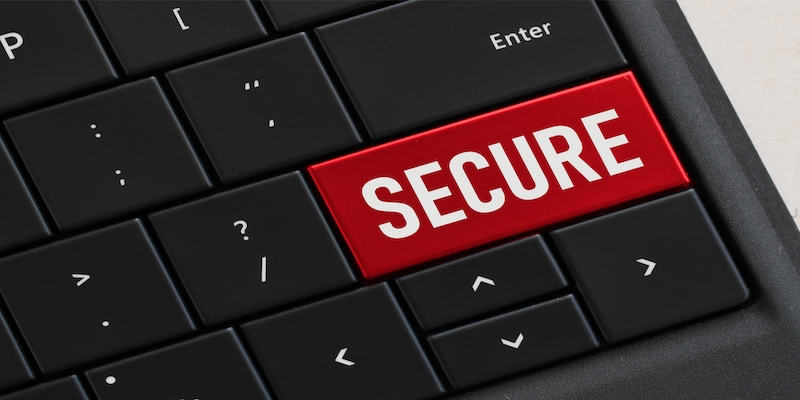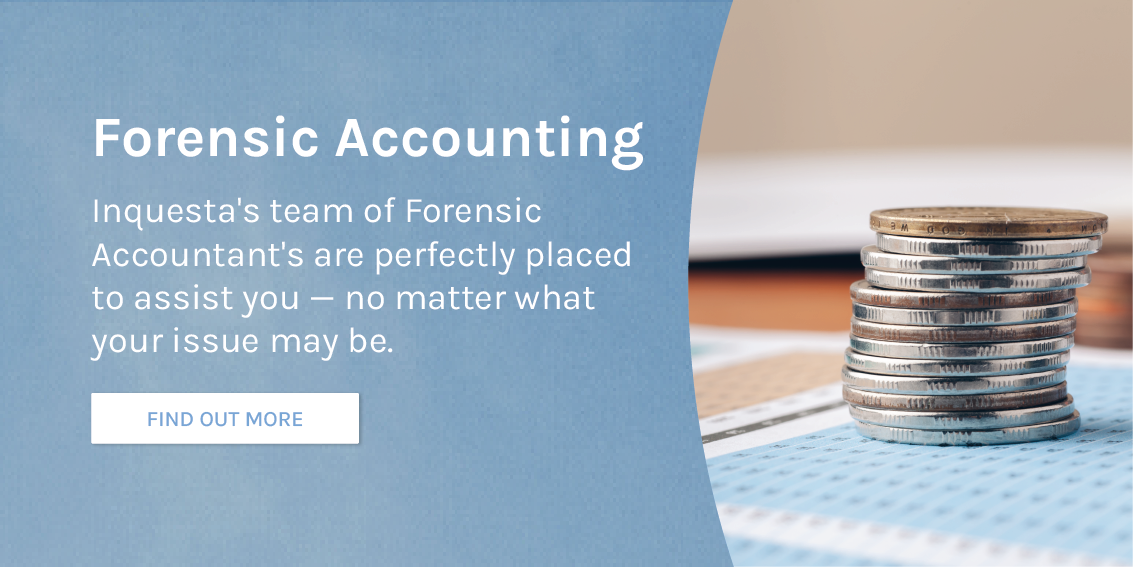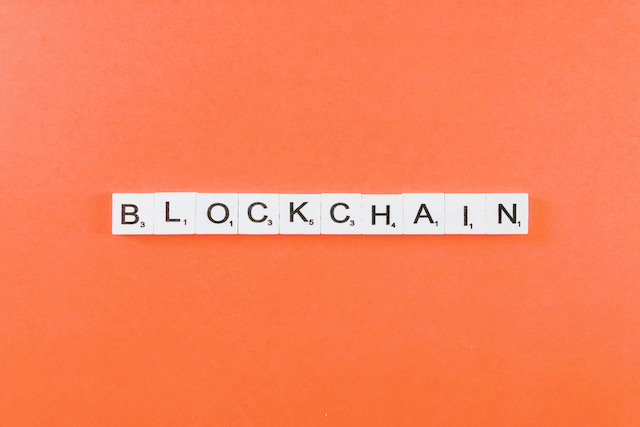Despite insiders considering it to be one of the greatest innovations made in recent years, many people still find themselves asking ‘but what is the blockchain?’ Well, today the technology of the blockchain is most commonly used within the cryptocurrency market — however, it’s possible uses appear to be limitless. To ensure that you are as secure as possible when trading, it is vital that you do your research in order to better understand what measures are in place to keep your investment safe.
Without proper research, it’s entirely possible that you could find yourself on the wrong end of some form of scam or fraud. Read on to gain a basic understanding of a technology that could save lives, make life more efficient, and make people lots of money.
What is a Blockchain in Cryptocurrency?
Put simply, blockchain is a way to record and store information electronically. The purpose of blockchain is to make this information incredibly difficult, if not impossible, to alter or hack. In cryptocurrency, the blockchain acts as a digital record of every transaction that can be duplicated and distributed across an entire network.
Blockchain is best known for its use in the trading of digital assets. The purpose of blockchain in this context is to keep a secure yet decentralised record of any and all transactions. The appeal of utilising blockchain is that it is a guarantee of security, without the involvement of any third parties.
A blockchain has a variety of benefits for anybody engaging with cryptocurrency trading. This includes:
- Secure: The security features of the blockchain are designed to protect and prevent any fraud or cybercrime.
- Speedy: On a blockchain, transaction settlement doesn’t require verification by any outside authority. This can cut transaction times down from hours and days to mere minutes.
- Save: Blockchains shared ledger can eliminate the duplication of effort — saving both time and money.
How Does Blockchain Work?
With blockchain, data is collected within a series of groups, or blocks. These blocks, once filled, are immediately closed and connected to the previously filled blocks in a secure chain — hence ‘blockchain’. Any new information that follows will be stored in a newly formed block that, once filled, will also be added to the chain.
Each block in the chain contains a cryptographic hash (a digital fingerprint), a timestamp, a record of all transaction data, as well as the hash of the previous block. The purpose of linking each block in the chain is that this prevents any blocks being altered or inserted into the chain after the fact — therefore making the chain secure.
On every blockchain network there will be various different participants. Each of these parties all have set roles and duties within the chain. These roles are:
- User: A user is an individual allowed to join the blockchain in order to conduct transfers. Users will have little authority or access within the blockchain.
- Regulators: Regulators are users who have the ability to oversee all of a network’s ongoing transactions at any one time.
- Operators: The role of an operator comes with special access. This access is used to create, manage, and monitor the network.
- Certificate Authorities: The highest role within a blockchain. A certificate authority has the power to issue and manage all of the different certificates on the chain.

To better understand how blockchain works, it’s important to gain an understanding of the main pillars of the concept, strict permissions, smart contracts, distributed ledgers, and consensus mechanisms:
Permissions
Every single transaction done on a blockchain must gain total permission from all parties involved. These permissions are set up in order to ensure that all actions on the chain are secure, authenticated, and completely 100% above board.
Smart Contracts
Smart contracts are programs stored on a blockchain that only run once certain conditions are met. These conditions are set up prior to the contracts being implemented.
The most common use of smart contracts is to automate the formal execution of an agreement immediately. This is useful as it means that every participant in any transaction or deal can be 100% certain that the expected outcome will go ahead without the possibility of any outside interference or unnecessary lost time.
Distributed Ledgers
A distributed, or shared ledger, is a database intended to allow all transactions to have public witnesses. These ledgers are shared consensually between multiple parties while being synchronised across various different sites.
The purpose of these ledgars is for all participants, should they wish, to be able to access and own an identical copy of the transaction data — and any alterations to the ledger are reflected immediately.
Consensus Mechanisms
A consensus mechanism is a series of protocols, incentives, and ideas put in place in order for a network of nodes to be able to agree on the state of the blockchain at any one time. This mechanism is vital in the maintaining and safe-keeping of records — although its uses can stretch far wider, and will continue to grow in the coming years.
How can Blockchain be Used?
Blockchain is primarily utilised to aid and make the trading of cryptocurrencies more secure and convenient. However, there is development in the market, leading to some steps towards using the technology in other fields like for digital IDs, copyright, monitoring supply chains, payment processing, and healthcare management.
Alternative uses for blockchain technology includes, but is by no means limited to, using blockchain for the following:
- Payment processing: Using blockchain for the processing of payments would eliminate the need for slow bank transfers.
- Insurance: Smart contracts on a blockchain can afford much more clarity and transparency between customers and insurance providers.
- Real Estate: Utilising a blockchain for real estate transactions can allow for a more secure method of transferring ownership between two parties, while speeding up the process and significantly reducing paperwork.
- Medical Information: The NHS is constantly overwhelmed. Storing medical records on a blockchain could allow health workers to obtain information quickly and more efficiently.
- Monitoring Supply Chains: With access to blockchain technology, businesses would be able to easily see areas of their supply chain that could be improved, locate items in real time, and more.
- Royalties: The financial benefits blockchain technology could bring to creators within the entertainment industry could be huge. Utilising it to create a database of movies or music could prevent privacy and ensure that the artists receive the money they are owed for their work.
 What is the Blockchain | InquestaIs Blockchain Public?
What is the Blockchain | InquestaIs Blockchain Public?
A majority of blockchain networks are public databases. This means that anybody with access to the internet is able to view a comprehensive list of all of the transactions in the chain. While they can access this information, details that could identify buyers/sellers remain hidden.
There is a common misconception among the general public that blockchain networks like cryptocurrencies (bitcoin, ethereum, etc.) are totally anonymous. However, this is not true. While they are not anonymous, they are confidential. The way this works is that whenever a user makes a transaction in a public blockchain database, their personal public key will be recorded.
While most blockchains are public, private blockchains do exist.
What is a Private Blockchain?
A private blockchain is a network that you are only able to join with an invitation. In most cases, to enter a private network your identity must be verified to ensure the security of the chain. This authentication will likely be performed by an operator or via automation such as smart contracts.
The purpose of private blockchains is for who enters the chain to control who is able to participate. Additionally, generally, only the owner or operators will have the authority to control what happens in the chain.
Have you Experienced Cryptocurrency Fraud? Our Forensic Accountants can Help
While the blockchain is designed to be as secure as possible, fraud can still happen via methods like faked ICOs, ponzi schemes, and theft. In part due to the sudden rise of cryptocurrency, there is relatively little support in terms of cryptocurrency fraud prevention or investigation.
Thanks to their expertise and ability to remain up to date with all the latest trends and innovations in their field, forensic accountants remain perfectly placed to support you if you’ve been the victim of cryptocurrency fraud. Pairing traditional methods of fraud prevention and investigation with the latest techniques and technology, our team of forensic accountants work tirelessly to ensure the best possible result for you. For more information on a forensic accounting service that you can trust to deliver results, contact a member of our team today or book a free consultation.


